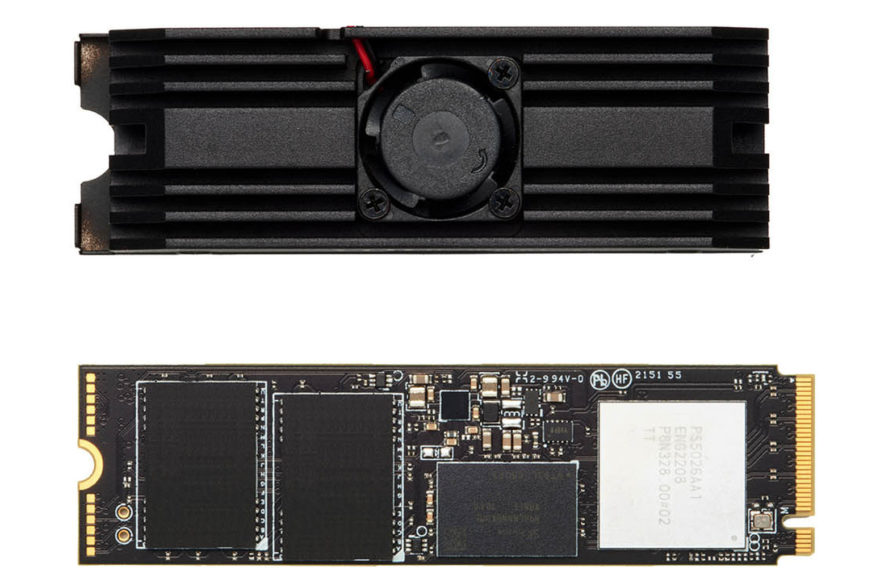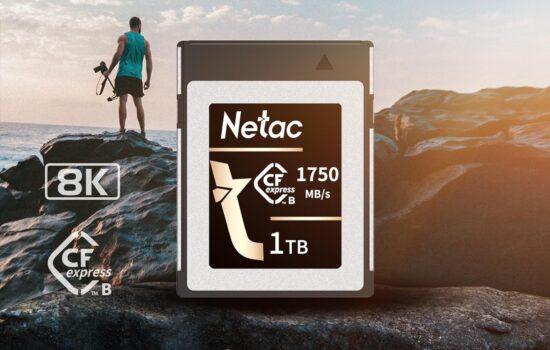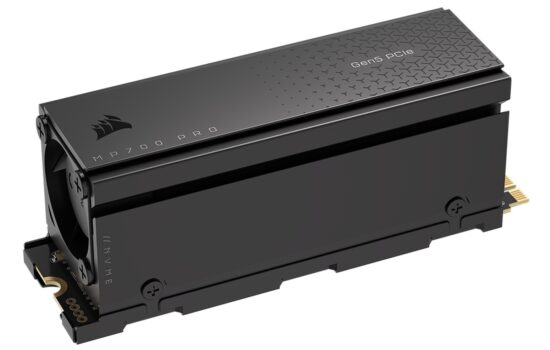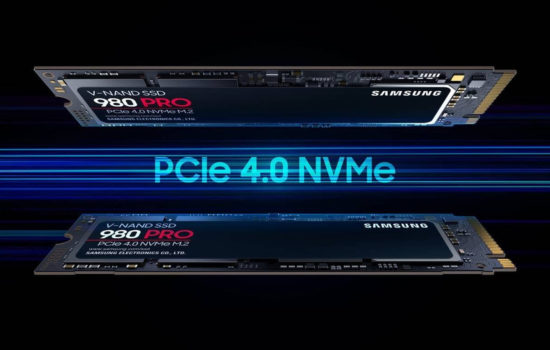Silicon Motion SM2508: Low-power controller for PCIe 5.0 SSDs
PCIe Gen5 SSDs have so far been the domain of Phison, whose E26 controller has a pretty high power draw, and there are reports of throttling or even system crashes due to overheating of these SSDs. Silicon Motion controllers will quite possibly solve this, as their power draw is supposed to be significantly lower. It turns out then not just the lower-tier ones, but even the high-performance SM2508 design will be quite efficient.
Silicon Motion has now revealed more information about the SM2508 controller during the ongoing Flash Memory Summit. We originally expected that low-power PCIe 5.0 SSDs could be enabled by the four-channel SM2504XT controller that is intended for cheaper NVMe modules, given how it is supposed to be manufactured on a 7nm process node. But it seems that power efficiency and thermal output could be surprisingly good even with the high-performance SM2508, which will stick to the less exciting 12nm TSMC process (it is supposed to be the 12FFC variant, which focuses on low power draw and high transistor density). And this controller is also going to be fast, so it could enable some very nice SSDs.
Silicon Motion SM2508
The Silicon Motion SM2508 controller works with a PCI Express 5.0×4 interface and supports the NVMe 2.0 standard. It is a high-performance eight-channel controller that should fully compete with the Phison E26 and other future controllers in the high-end SSD market. Both TLC and QLC NAND will be supported (we expect TLC will be generally used with these drives though) over ONFI or Toggle DDR interface. Supported speeds for the controller-to-NAND interfaces are up to 3600 MT/s.
NVMe modules based on this chip should be able to achieve sequential read and write speeds of up to 14 GB/s (with suitable NAND), which is close to the theoretical throughput potential of PCIe 5.0 ×4. When writing data, this speed is achieved while using the pseudoSLC cache, of course. Random access performance is supposed to be up to 2,500,000 IOPS for reads and up to 2,400,000 IOPS for writes.
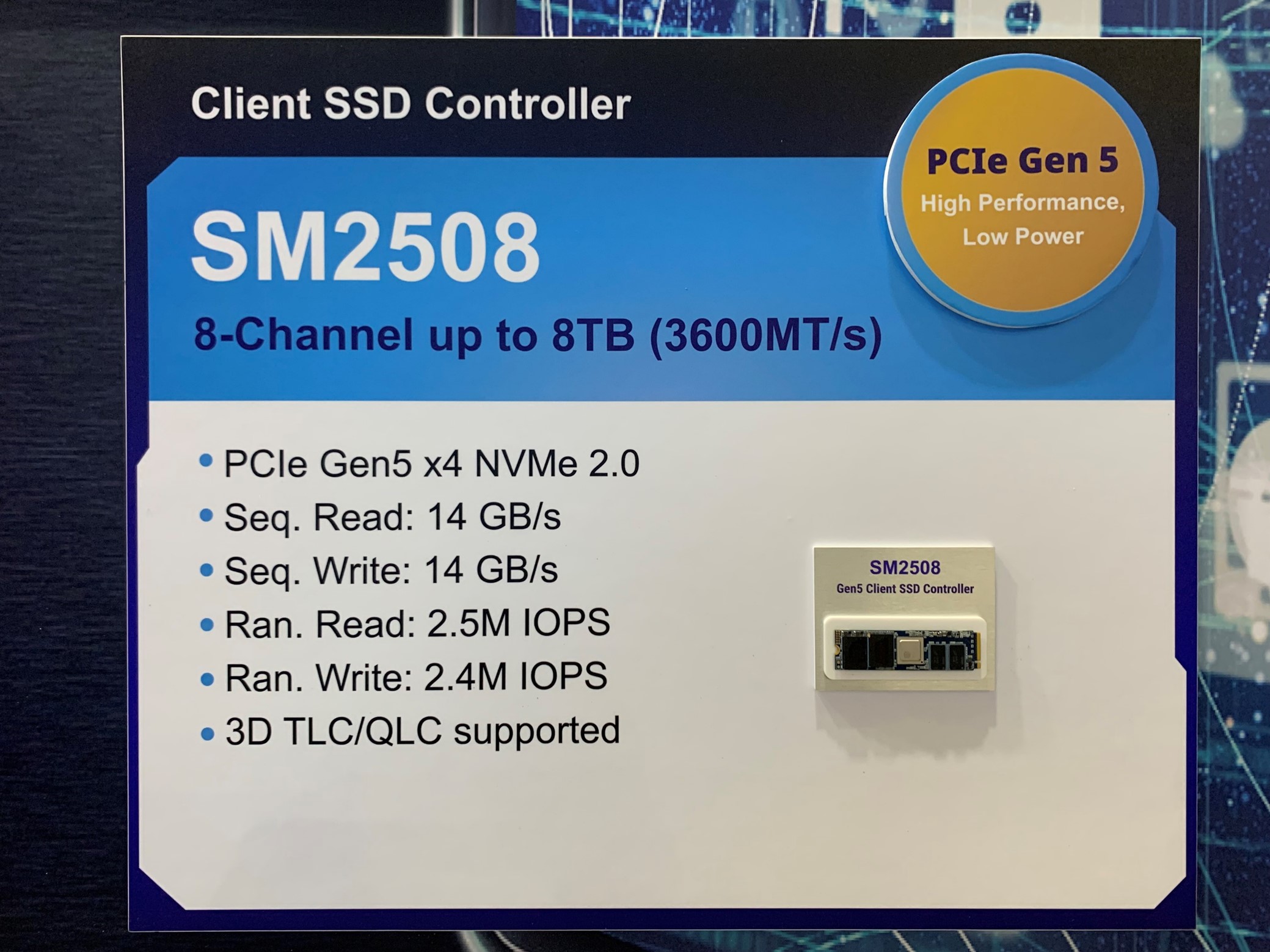
But what we (and it’s probably not just us) particularly like about this controller is the power consumption. The SM2508 is said to have reduced power draw compared to the competition, and is said to consume “around 3.5 W”. Silicon Motion is probably referring to active power consumption here, as idle power draw will almost certainly be much lower when using low-power states. However, this doesn’t mean the entire SSD will operate within 3.5W power envelope during read or write activity, as the NAND chips and DRAM cache on the module will also draw something. Still, the SSD could probably get down to maybe 6–7W under load, which would still be easily manageable in terms of cooling and fully acceptable for a high-performance module.
Thus, you shouldn’t experience problems like with the Phison E26 SSDs, which have recently been increasingly reported to suffer from temperature throttling when overheating, or in worse case, crashing or freezing the system due to overheating. In any case, competition between SSD controller manufacturers should help improve quality overall, so it’s positive to see Silicon Motion (and also InnoGrit with the IG5666 chip) joining in and providing Gen5 alternatives.
According to the manufacturer, samples of this controller were available from January 2023. The commercial release is said to be in late 2023 to early 2024. This availability date may already mean whole finished SSDs from various manufacturers based on the SM2508, which could start to appear at that time.
Sources: Silicon Motion, AnandTech
English translation and edit by Jozef Dudáš
⠀





